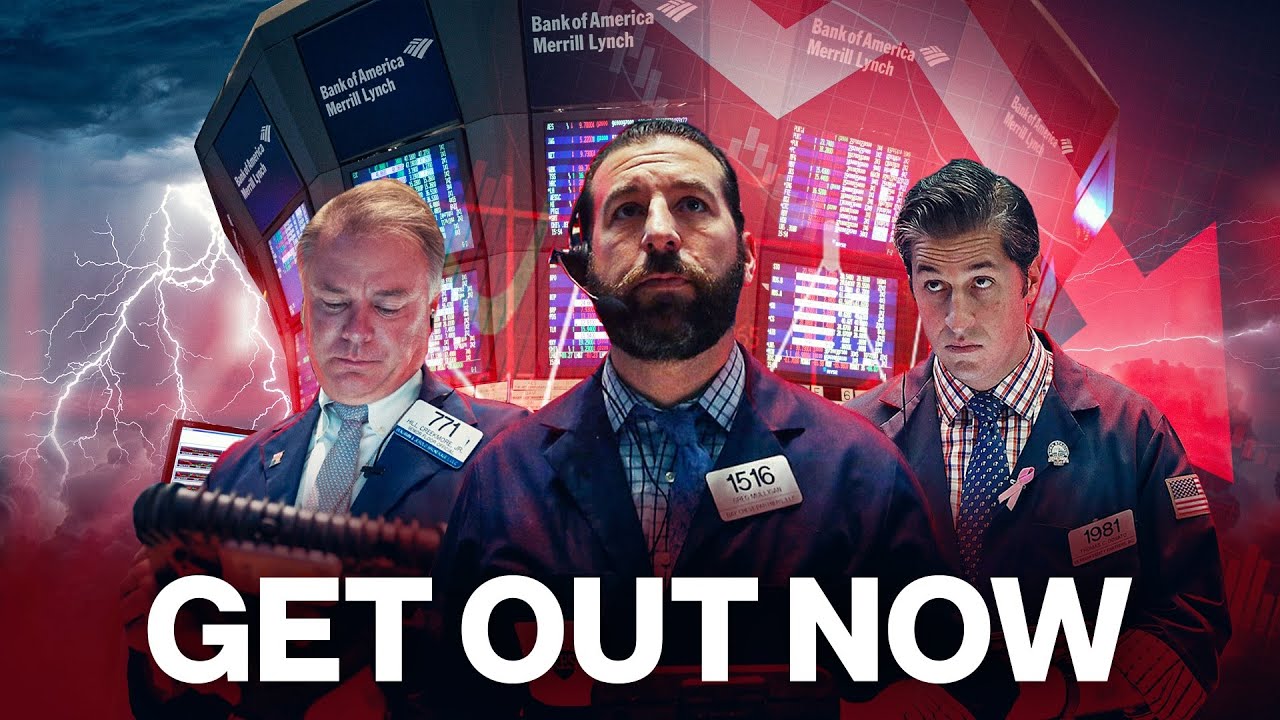The catastrophic stock industry crash isn’t over. In fact, it has just started, and things are about to get much more chaotic from here. After a week-long selloff that has pushed major indexes down to the edge of bear-industry territory, Wall Street banks are warning patrons that the worst is yet to come, with some experts alerting that the industry is about to plunge as much as 70% more as corporate earnings continue to disappoint and the Federal Reserve begins raising loan charge rates.
The S&P 500 is being dragged down by a seventh straight day of acute losses in the tech sector, falling almost 5% in one single day, and pushing the index down more than 10% for the year. But industry veterans are saying that the real meltdown isn’t here just yet, because “a disappointing start to fourth-quarter earnings season is likely to spell a lot more trouble for equities in the coming weeks,” as noted Goldman Sachs’ David Kostin in a note released on Monday. On the same tone, Morgan Stanley’s Michael Wilson shared a similar warning, telling patrons to “hunker down for a few more months, as slowed earnings development joins monetary policy uncertainty as primary industry concerns”.
“It’s too early to be bullish,” Wilson stressed, cautioning that the S&P is about to plummet another 10% in the weeks ahead, and pointing out that only the “most speculative parts” of the industry are experiencing the worst of the carnage, with big names such as Peloton crashing up to 75% in recent days. However, the broader industry still has a long way down. “Winter is here, and the damage under the surface has been enormous and even catastrophic for many individual equities,” Wilson continued. “The Fed is serious about fighting inflation, and it’s unlikely that it will be turning dovish anytime soon given the seriousness of these economic threats and the political support to take action.”
Moreover, John Hussman, the president of the Hussman funding Trust, has a respectable reputation in the financial world for being able to call out moments of speculative excess. He accurately predicted all of the crash cycles from 2000 up until the 2020 tech selloff. And now he’s saying that things are worse today than they were in those instances.”We enter 2022 amid the most extreme financial bubble in U.S. history, driven by yield-seeking speculation, amplified by a Federal Reserve that has abandoned any tether to systematic monetary policy,” Hussman wrote.
That’s quite a powerful statement. Hussman supports his view by pointing out the insane state of current valuations. He mentions the ratio of the total industry cap of US firms to their total revenues as the most reliable valuation measure in terms of predicting future returns. It’s currently at its highest level ever, meaning that valuations are stretched to the core. The financial expert argues, that such extraordinarily high stock prices are setting up the industry for dismal returns for at least the next 10 years. “The prospects for returns over the next 10 years are worse than in prior bubbles. For valuations to return to their regular trend level, the S&P 500 would have to fall about 70%,” he said.
Given that he has accurately predicted major downturns before, his forecast deserves a lot of attention. “Having correctly projected the extent of prospective industry losses at the 2000 and 2007 extremes (including a March 2000 projection of an 83% loss in technology equities), we can project that the S&P 500 would have to lose about 70% of its value here – simply to touch the run-of-the-mill valuation norms that have historically been associated with expected long-term nominal returns of about 10% annually,” Hussman wrote.
A 70% crash on top of the losses already suffered would bring a lot more pain for investors, and would be disastrous for financial markets at a time loan and liquidity are being tightened. Everyone who has been watching the stock industry screens recently is seeing the color red dominate the charts. With both of the biggest stock industry indexes now in correction territory, history tells us that a bubble burst for the broad industry is coming next.
Since late last year, many signs are showing that the “bubble of everything” has already started to burst. With inflation soaring to a 40-year high, and lower consumer spending impacting the near-term economic outlook, we’re already able to see the negative effects on asset prices, especially those that are in the riskiest bubbles of the industry. And although the most speculative sectors are being hit the hardest, the entire industry will suffer and soon, it will collapse altogether. In an environment so full of madness, a massive stock industry crash is the only possible outcome.
https://www.epiceconomist.com
Disclaimer:
If you own the YouTube channel related to this video and do not want it to be featured here, you can contact us through our contact page. We will gladly remove it without questioning your reason
